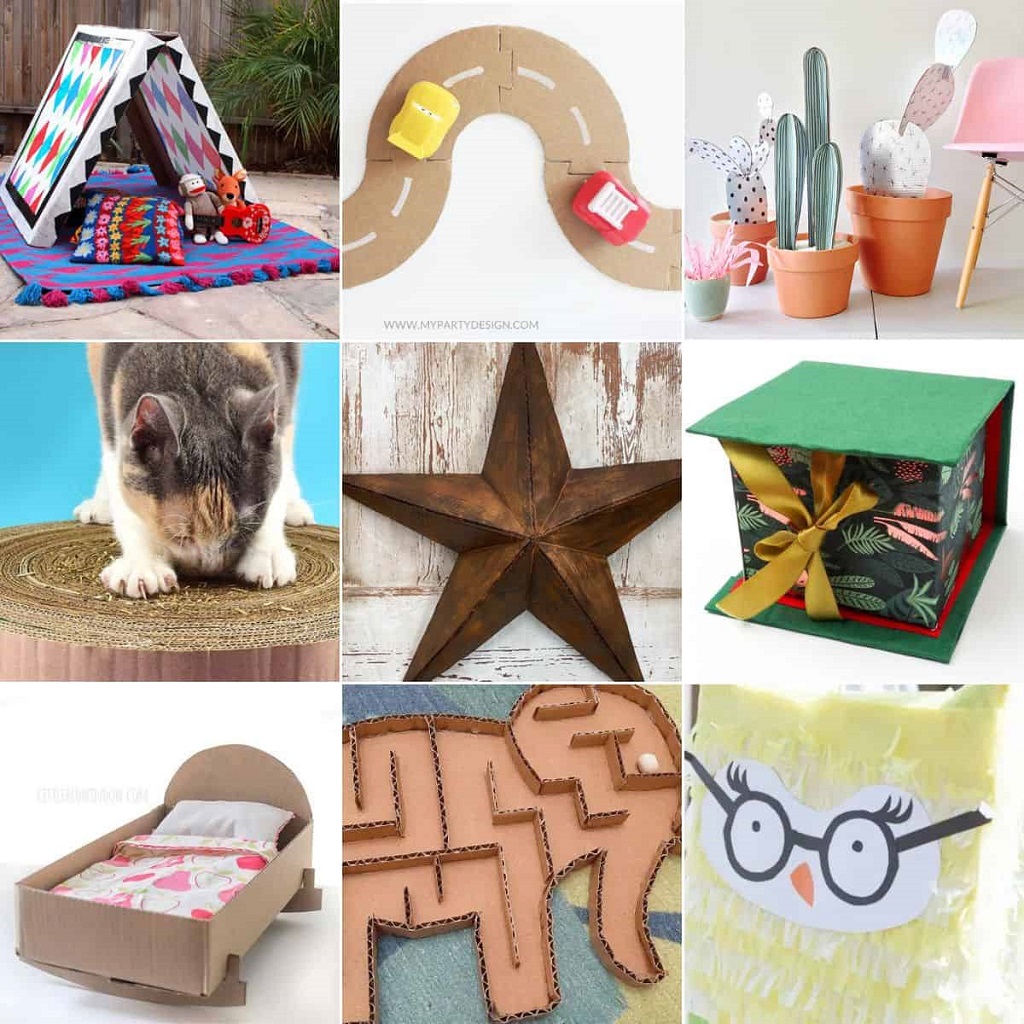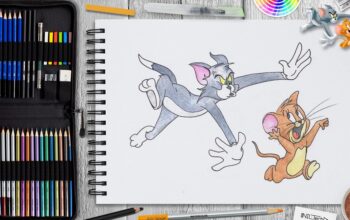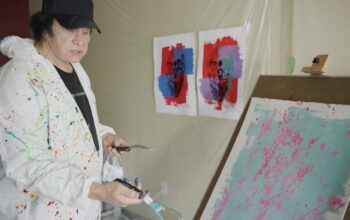Art has the power to ignite creativity, develop problem-solving skills, and boost self-confidence in children of all ages. Sculpture, the art of creating three-dimensional forms, can be particularly engaging, allowing children to bring their imagination to life in a tangible way. The good news? You don’t need fancy sculpting tools or expensive materials to get started. With a little creativity and a trip to the recycling bin, you can transform everyday household items into a fun and educational sculpting adventure!
The Allure of Recycled Materials
Recycled materials offer a treasure trove of possibilities for budding sculptors. Here’s why they’re perfect for unleashing your child’s inner artist:
-
Accessibility: From cardboard boxes and plastic bottles to egg cartons and yogurt containers, recycled materials are readily available and free! This eliminates the barrier of cost often associated with art supplies.
-
Sustainability: Reusing materials promotes eco-consciousness in children. It teaches them the value of giving discarded items a second life and reducing waste.
-
Versatility: The variety of shapes, sizes, and textures found in recycled materials sparks imagination. Cardboard boxes become majestic castles, plastic bottles transform into playful robots, and egg cartons morph into whimsical animals.
-
Open-Ended Exploration: There’s no right or wrong way to sculpt with recycled materials. This open-ended nature encourages experimentation and fosters a sense of creative freedom.
Sparking the Creative Spark: Project Ideas
Ready to embark on a sculpting journey with your child? Here are some inspiring project ideas to get you started:
-
Cardboard Critters: Cardboard boxes are a sculptor’s dream! Cut out shapes for a fantastical creature, like a towering dragon or a cuddly bear. Use bottle caps for eyes, yarn for whiskers, and leftover fabric scraps for scales or fur. Encourage your child to experiment with different textures and techniques for added detail.
-
Recycled Robot Roundup: Gather plastic bottles, tin cans, and other recyclables with interesting shapes. Let your child use them to build a team of robots! Bottle caps become robot heads, yogurt containers transform into bodies and pipe cleaners can be used for arms and legs. This project encourages spatial reasoning and problem-solving skills as children figure out how to connect the various pieces.
-
Enchanted Egg Carton Worlds: Egg cartons offer a surprising amount of creative potential. Cut them open and glue them together to create miniature houses, fantastical castles, or even a sprawling city. Decorate them with paint, markers, and other embellishments to bring these recycled creations to life.
-
Mobiles Made from Scraps: Upcycle leftover fabric scraps, bottle caps, and cardboard pieces to create a whimsical mobile. Help your child string these items together and hang them from a coat hanger or a branch for a beautiful and unique decoration. This project encourages the exploration of balance and movement.
Beyond the Project: Tips for a Rewarding Experience
Here are some additional tips to ensure your child has a positive and enriching sculpting experience:
-
Set the Stage: Create a dedicated workspace with plenty of room for exploration. Cover the floor with newspaper to protect surfaces and make cleanup easier.
-
Gather Inspiration: Browse children’s books with illustrations that feature animals or fantastical creatures. Look at online resources or visit museums (if possible) to spark their imagination.
-
Embrace the Process: Focus on the joy of creation and experimentation, not on achieving a perfect end product. Let your child take the lead and explore their ideas freely.
-
Celebrate Mistakes: Reassure your child that mistakes are a natural part of the creative process. “Happy accidents” can often lead to unexpected and delightful results.
-
Document the Journey: Take pictures or videos of your child’s creations. This not only captures their artistic journey but also creates a cherished memory for both of you.

More Than Just Sculpting: The Lasting Benefits
Sculpting with recycled materials offers far more than just a fun activity. It fosters a sense of accomplishment, boosts self-confidence, and develops important cognitive skills, including:
-
Fine motor skills: Sculpting activities involve manipulating materials, and strengthening hand-eye coordination and dexterity.
-
Problem-solving skills: Children learn to think creatively to figure out how to connect different materials and solve construction challenges.
-
Spatial reasoning: They develop an understanding of three-dimensional space as they manipulate and position the recycled materials.
-
Critical thinking: As children experiment with different techniques and materials, they learn to evaluate their work and make adjustments as needed.
Related: How to Draw Tom and Jerry?
Conclusion: Unleashing Creativity with a Sustainable Twist
With a little imagination and a commitment to sustainability, recycled materials can become a gateway to a world of artistic exploration for your child. By providing opportunities for sculpting with everyday objects, you’re not just fostering creativity, you’re nurturing a lifelong love for art, teaching valuable skills, and promoting environmental awareness. So, the next time you’re about to toss something in the recycling bin, pause and consider its artistic potential. With a little creativity, you and your child can transform those ordinary materials into extraordinary works of art!
Additional Tips and Activities:
-
Incorporate Storytelling: Encourage your child to create stories around their sculptures. Who are the creatures they’ve built? What adventures do they have? Storytelling adds another layer of creativity and imagination to the sculpting experience.
-
Host a Recycled Art Show: Invite friends and family to see your child’s creations. This provides a sense of accomplishment and encourages them to share their artistic talents with others.
-
Explore Online Resources: There are numerous websites and online tutorials dedicated to children’s art projects using recycled materials. These resources offer a wealth of inspiration and step-by-step guides for new sculpting adventures.
-
Venture Beyond Sculpting: Recycled materials can be used for various art projects. Cut paper scraps into collages, use plastic bottles as paintbrushes, or create miniature instruments from cardboard tubes. The possibilities are endless!
By embracing the art of sculpting with recycled materials, we can not only unleash a child’s inner artist but also cultivate a generation of environmentally conscious creators who value resourcefulness and imagination. So, grab your recycling bin and get ready to embark on a sculpting adventure with your child!








